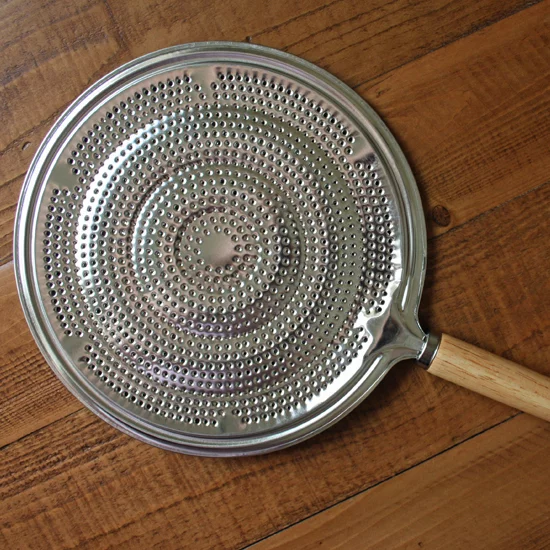I am cooking on gas stoves very seldomly, mostly in some hotel/airbnb's with a small personal kitchen. I often have this problem: the gas comes out in a ring of blue flames. I think more expensive stoves may have more than one concentric ring, but the ones I encountered always had only one circle of small flames.
If I put a large pot or pan on a large circle, then it seems to me that the outside portions of the pot are heated much more strongly than the center due to the direct contact with the flames.
If I put a large pot on a small circle, it seems more even as the gas hits the center first but then flows outwards more or less uniformly. But the small stove then usually does not have enough oomph to heat a big pot efficiently.
How do you do this? Is it just as I noticed, and there is no real solutions? Would a really good gas stove always have concentric rings and thus a more even heat distribution? Or is there some other technique to work around it?

